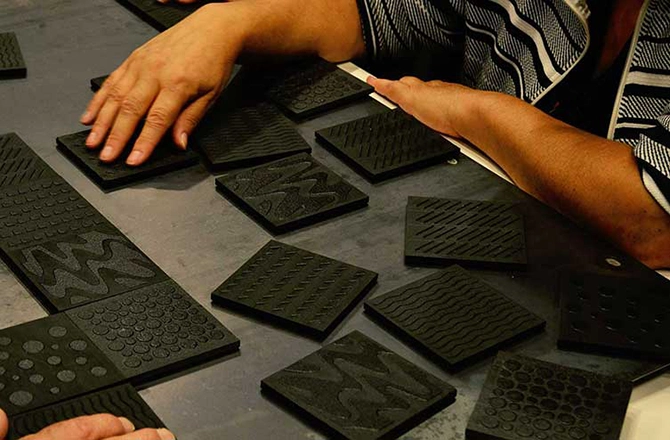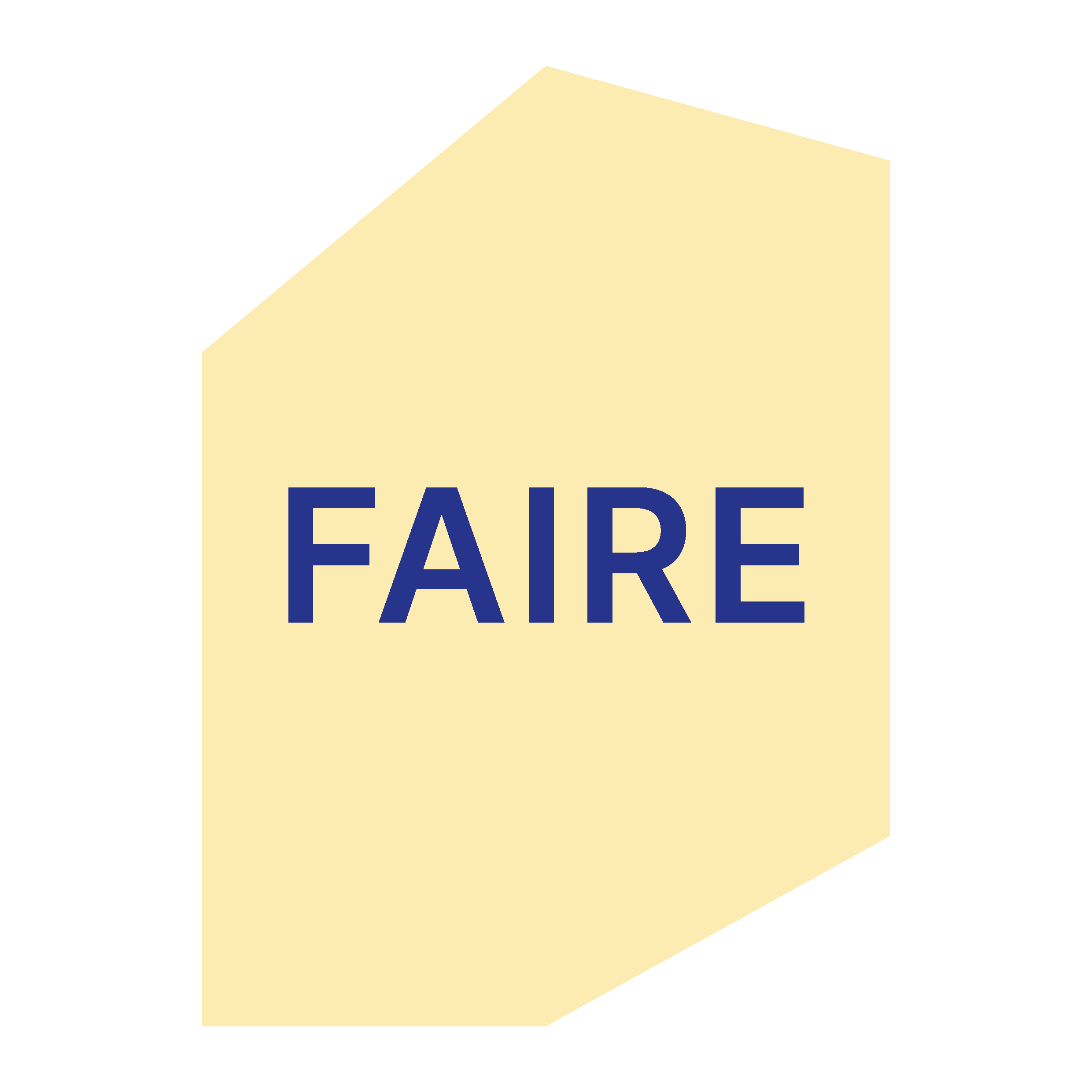27.6.2022
Interview: Vilma Pimenoff
The article is part of a series of interviews which presents various Finnish residency providers and examines the role of residencies in the field of art and in the society.
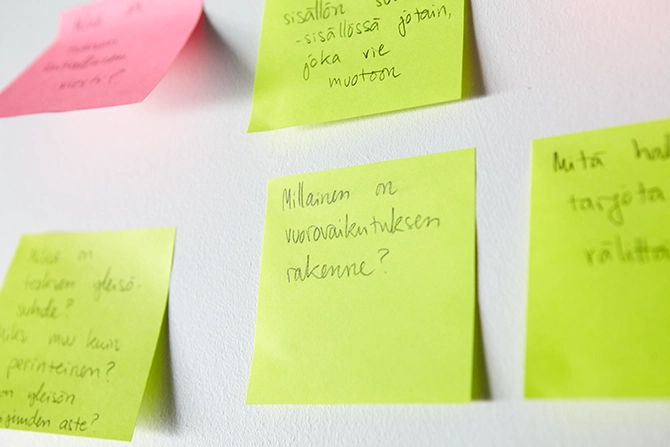
The Saari Residence, maintained by Kone Foundation, is located in Mynämäki Southwest Finland. It is a multidisciplinary residence for artists and researchers. The residency director of the Saari Residence, Leena Kela, says that sustainability is at the heart of the residency’s values, being manifested ecologically, socially as well as psychologically. The activities and functioning of the residency have been planned according to criteria of ecological sustainability, offering the resident artists the possibility to part-take daily in sustainable community living where the use of energy and the recycling system reflect the post-fossil fuel era.
The development of ecological sustainability at Saari does not just focus on measuring the carbon footprint; rather, the intention is to reflect upon the larger paradigm shift taking place due to climate change and its consequences. This change in mindset is seen through new ways of thinking and speaking. How do these changing times affect us, and what new kinds of literacy are required?
Rather than speaking of separate future prospects of the residency, Kela highlights the importance of insights in the context of developing the residence. The intention here is to see how even mundane things can be seen from a new point of view, and how this can affect an individual’s own actions. An insight can, for instance, relate to food and the connection with nature. What kind of food is eaten? Where does the food come from? Considering these kinds of questions can bring one to reconsider and reconstitute one’s own connection with nature and evoke further questions about how to live a healthy life with a sustainable daily routine.
Chef Sami Tallberg is specialized in wild foods and treats the Saari residents once a week with a delicious lunch prepared with the notions of sustainability and well-being in mind. Tallberg brings his ideas of sustainability to the residency in the form of food, whilst also embracing the importance of the social and culinary pleasure related to food and eating.
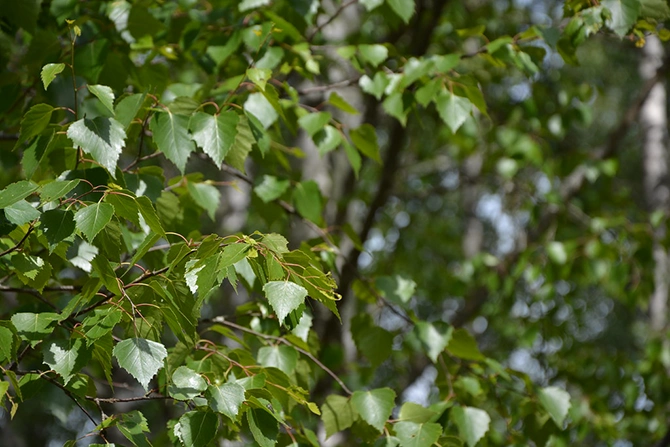
In addition to ecology, diversity is a central topic at Saari. When thinking about how to strengthen diversity, we first need to define what we mean by diversity and co-existence with other species.
Saari Residence doesn’t solely seek artists who are already working with sustainable issues. According to Residency Director Leena Kela, openness to experiment and curiosity to work with issues related to the ecological crisis are seen as an asset for the applicant. No particular art form or theme is prioritized over another; rather, the applicant’s motivation, portfolio, and experimental aspect of their practice is what matters in the selection process. The applications are reviewed by a group of anonymous experts from different creative fields, and the reviewers change every year.
The two-month individual residencies take place between September and April, when there are nine artists present at a time. The month of May is reserved for the research groups financed by Kone Foundation, while in the summer, Saari Residence hosts group residencies that last from two to four weeks each. The residency periods include a grant for the artist/researcher. There are four rooms upstairs in the Saari main house that are used for short residencies all year round. The research groups financed by Kone Foundation can gather for shorter periods, and residence alumni have the opportunity to return to work at Saari for a designated time. During the pandemic, a new type of residency was developed, namely the home residence, which is aimed at persons who, for circumstancial or personal reasons (such as family situation, health, or political situation), cannot travel to Saari in person.
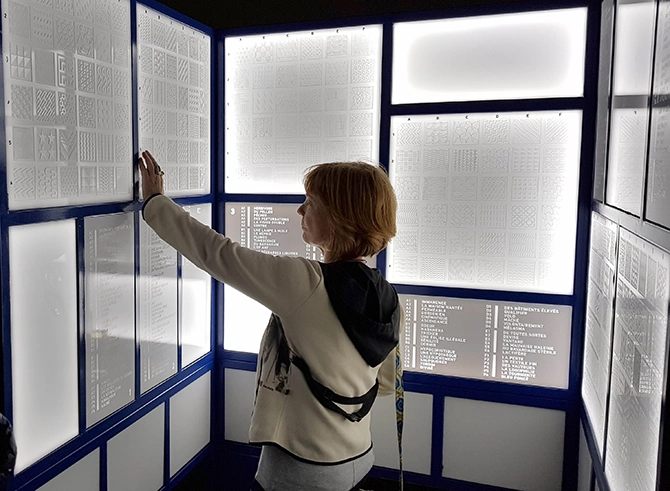
What is going on in the arts right now, and what kinds of phenomena are unfolding in the world, is what is observed at Saari, according to Leena Kela. She elaborates saying that the residence acts as a sort of sensor for so called ‘quiet signals’. The work at the residence does not deal with final results or finished art works; rather, it tends to the initial stages of ideas – sensing what is coming next and tuning in to the current relevant topics in the international arts scene.
Discussion over these topics is common in art schools, and residencies can be seen as a form of continuation for such conversations. The difference is that, whereas in an art school the environment tends to be quite homogeneous, and the students are often of similar age, at a residency people can be of very different ages and walks of life, yet still share the same space with one another. Working and thinking side-by-side influences artists and resonates in diverse voices. Working parallel to one another does not mean that absolutely everything is shared, but that people are simultaneously present with the processes related to art.
“A fundamental part of the essence of the residence is to take care of the artist”, Kela says. The residence invites, offers the framework, and sustains. On a psychological level, the residence experience can fortify the artist’s notion that their work and practice is valuable. During the residence there is time to discuss what is at stake at that moment in each artist’s process, to see where everyone is at: What is of personal interest? What is important? In which direction does the artist want their work to proceed?
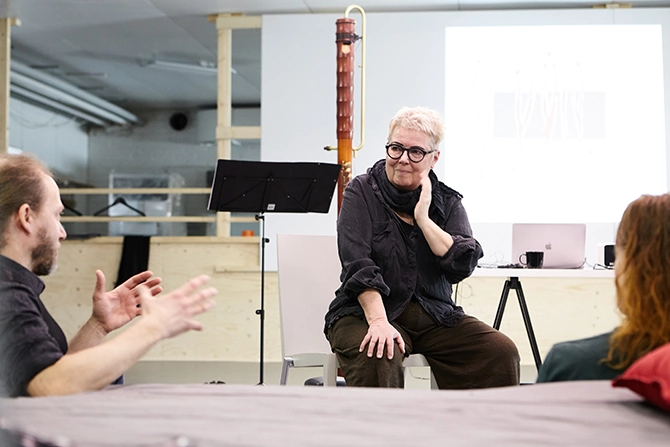
When the Saari residency program started, the concept of The Saari Well was also born. It functions as a metaphor for what takes place at the residence. As when fetching water from the well, similarly, people meet new people at the residence and share conversations on different topics. The residencies for individuals include established practice designed to aid the grouping of the residents and to support their practice. Artist presentations on Tuesdays, where artists share their work and thoughts with each other, common lunches, and study groups make up a part of the Saari Residence established structure. Collective excursions, nature treks, and workshops to build birdhouses are also organized in Saari together with a local Nature Conservation Association.
”We want to enable slow time, and time at Saari is largely defined by the nature that surrounds the residence. There is no hurry in Saari, and it is possible to create new routines. It is possible that the artist’s daily routine changes whist at the residence. It is possible that one starts doing different things than what one would do at home, because Saari is a different environment. All this changes how one thinks, and what kinds of thoughts arise. At the residency, time sort of bends to something else: it is not as linear as it tends to be in the mainstream day to day life”, Kela explains.
Pia Bartsch works as a community artist in the Saari Residence. Her role is to act as a liaison between the resident artists and the local community. The community artist creates contacts and is involved in local collaborations. This is to ensure that collaboration is sustainable and ethical, and that local needs are well respected.
Kela hopes that the focus of the residence would remain in the initial primary production stage of the process. It would be important to be able to concentrate on the area of artistic production that does not give any visible results right away. Residencies are important and meaningful, and they should stay as spaces for interaction, encounters and sharing.
There is change taking place: climate crisis, pandemic, the war in Ukraine. The challenges are not going to lessen, and part of the challenges have an impact on international mobility. As everything closed due to the pandemic, suddenly international travel was not something considered self-evident. “Now it’s time to ask how we can recover from this situation in a sustainable manner. We need to reconsider travelling. Could it mean longer periods of stay, where also residencies have their place? The change is taking place no matter what, but what constitutes change that does not yet have words or form, but which can happen next to artistic thinking? How could residencies play a part in making a difference in advancing societal sustainability?” Kela asks.
More information: Saari Residence
